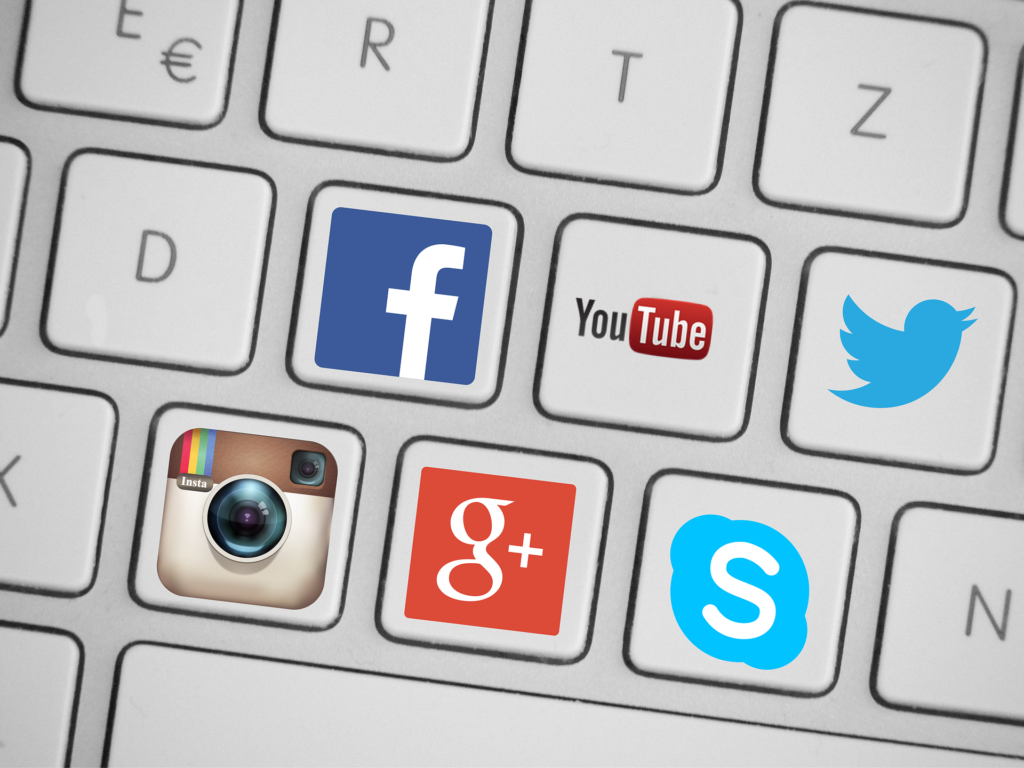
For most of us, what we know as shared media started in 2002 with Friendster. Of course, I’m not here to give you a history lesson. We’re here to talk about marketing communication.
Over the last two weeks, we have been diving deeper into the PESO model, an integrated marketing communication model, developed by Gini Dietrich at Spin Sucks.

We have already talked about paid media and earned media so this week, we are going to talk about shared media.
What is Shared Media
Shared media is better known as social media. Platforms such as Facebook, Twitter, Instagram, Snapchat, YouTube, LinkedIn, and Pinterest all fall under the banner of social media. No doubt you have used at least one of them on a personal level if not also on a business level.
So why call it shared media instead of social media? That’s a good question. I saw an article about a year ago proclaim that social media platforms were now really just marketing platforms. Organizations tend to share a lot of content as a tactic to help drive people through the marketing funnel. From this perspective, it makes more sense to use the term shared media.
A big mistake of some websites is not making the content shareable. Having social media buttons on the pages of your website is a must so visitors are can easily share. At a minimum, you will want to have share buttons for Facebook and Twitter.
How does Shared Media work within the PESO Model?
As I already stated in the previous section, sharing is the new norm for organizations. The reason and what your sharing can be different based on your objectives.
An objective could be awareness or to push people to a landing page to get an email address.
In the context of the PESO model, one of our top objectives is to amplify the content that is on your website to drive traffic. More traffic means you have more opportunities to convert a lead (we’ll talk more about that next week).
So many platforms, so little time
If the goal is to amplify content, it makes sense that you should be on as many platforms as possible, right? Well, not really. It’s not about the number of platforms, it’s about being where your audience is. If they are on Facebook and Instagram you don’t want to be on Twitter and Pinterest.
Think about this from another perspective. There is only so much time in the day. It’s better to be on one or two social media platforms and do them well than to do be on four and not be active on all of them.
Several years ago I would drive down the street and see signs outside local businesses asking all who passed for a follow on Facebook. I would go to the Facebook page and very little was happening. Most would only post every few weeks. Some posted when the page first started and then stopped.
At one point, Twitter was going to be the big thing and be Facebook’s main competitor. That never really panned out. Subsequently, there are many people and organizations that have a Twitter presence but haven’t posted in years.
If people notice that you’re not posting regularly or haven’t posted in a long time, it can leave a poor impression and they will ignore you. So be strategic on where you choose to be and make sure you have the resources to have a strong presence.
What Platform should you be on?
It depends. We know you want to be where your audience is. This may be obvious or you may need to do a little research.
As a general rule, Facebook is best if you are consumer-focused. LinkedIn tends to be the best if you are selling to other businesses but as I said these are just general rules.
Instagram is the quickest growing social media platform. Because of its growth, many organizations have a presence but there is a downside. Instagram doesn’t allow you to share links like you can with Facebook, LinkedIn or Twitter. This makes it harder to push people to your website. And, because it is a platform that focuses on pictures and short videos, it can be a challenge for some types of organizations.
I have found for business to business it depends on the area, the industry, and the size of the company. Sometimes smaller companies may not have a presence on LinkedIn but are on Facebook. Some businesses in smaller populated areas will also choose Facebook making it and not LinkedIn the better platform to reach businesses.
Think about the demographic that you are trying to reach. Facebook is more popular among older people than younger people. Instagram and Snapchat are popular with those under 30, especially in the 18-24 age range. If your trying to reach older people, Facebook is a better option than Snapchat.
Final Thoughts
Shared media has been around for quite a while now. It’s easy to have a presence but harder to use it in a way to help you meet your objectives.
This means you are going to have to sit down and determine where and how you are going to use it. Knowing this and understanding how it works in the larger context of PESO model will help you as you are trying to meet your goals.
Done wrong, shared media will be ineffective and cause problems but if it’s done right, you will reap the rewards.
- The Importance of Creating a Connection With Your Marketing - June 6, 2024
- Reach vs Visibility: Which is Right for Your Marketing? - February 13, 2024
- Focus Your Marketing Efforts By Saying “No” - December 13, 2023
